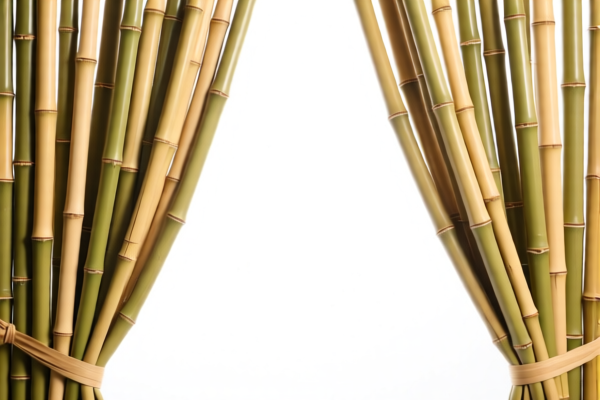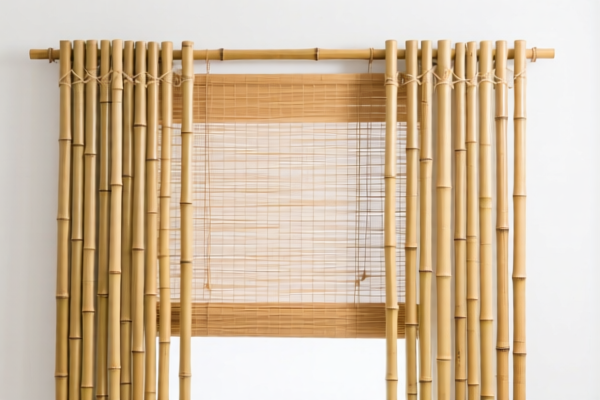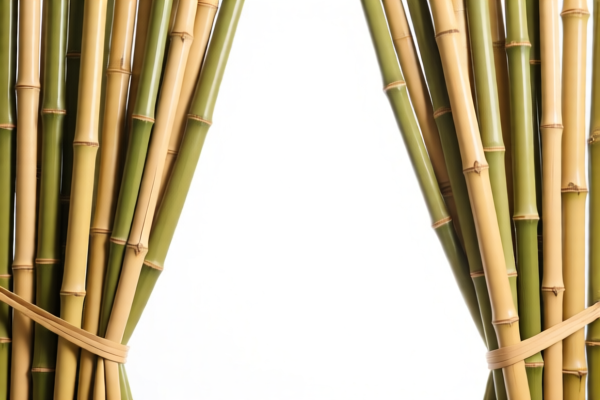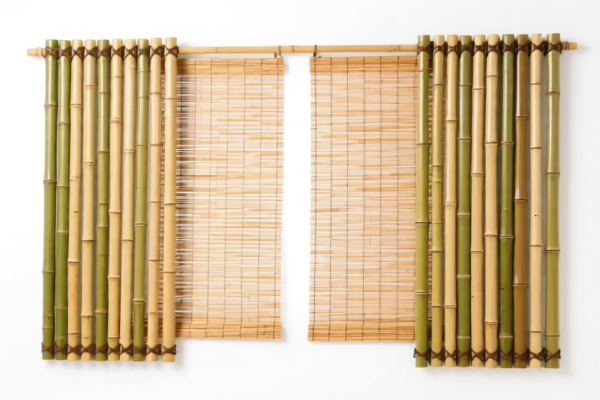| HS Code | Official Doc | Tariff Rate | Origin | Destination | Effective Date |
|---|---|---|---|---|---|
| 4418911000 | Doc | 55.0% | CN | US | 2025-05-12 |
| 4418919105 | Doc | 58.2% | CN | US | 2025-05-12 |
| 4421913000 | Doc | 40.7% | CN | US | 2025-05-12 |
| 4421914000 | Doc | 42.6% | CN | US | 2025-05-12 |
| 1301909190 | Doc | 37.5% | CN | US | 2025-05-12 |
| 1302390090 | Doc | 40.7% | CN | US | 2025-05-12 |




Bamboo Curtain
The term "Bamboo Curtain" historically denotes a political boundary separating East Asia, particularly communist states, from the Western world. Analogous to the "Iron Curtain" in Europe, it represents a zone of political, ideological, and cultural separation. While not a physical barrier, it signified restricted movement of people and ideas between these regions during much of the 20th century.
Origin and Historical Context:
The phrase emerged in the aftermath of World War II and the Chinese Communist Revolution in 1949. It gained prominence during the Korean War (1950-1953) and the subsequent Cold War. The term was popularized by U.S. journalist Walter Lippmann in 1949, drawing a parallel to the “Iron Curtain” coined by Winston Churchill. It characterized the isolationist policies of communist China, North Korea, and Vietnam from the democratic West.
Political and Ideological Significance:
The “Bamboo Curtain” symbolized:
- Ideological Divide: A separation between communist and capitalist ideologies.
- Limited Access: Restrictions on travel, trade, and communication between East Asia and the West.
- Political Control: Strict governmental control over information and movement within communist states.
- Geopolitical Strategy: A component of the broader Cold War strategy of containment.
Geographical Scope:
The term primarily encompassed:
- China: The most significant component, with stringent controls on foreign access and emigration.
- North Korea: One of the most isolated nations, with extremely limited interaction with the outside world.
- Vietnam: Especially during and after the Vietnam War, restrictions were prevalent.
- Other Communist States in East Asia: To a lesser extent, Laos and Cambodia also contributed to the “curtain.”
Decline and Current Status:
The “Bamboo Curtain” has largely diminished since the late 20th century due to:
- Economic Reforms: China’s economic liberalization starting in the late 1970s led to increased trade and foreign investment.
- Political Shifts: Changes in political landscapes, including improved relations between China and the West.
- Globalization: Increased interconnectedness through technology, travel, and cultural exchange.
While significant restrictions remain in some East Asian countries, particularly North Korea, the term "Bamboo Curtain" is now largely used as a historical reference to the period of isolation and division that characterized the Cold War era. The level of separation is significantly less pronounced than during its peak, though economic and political barriers still exist.
Bamboo curtains fall under articles of wood, specifically those made of bamboo. Here's a breakdown of relevant HS codes based on the provided information:
-
4421.91.30.00: This HS code covers “Other articles of wood: Other: Of bamboo: Wood blinds, shutters, screens and shades, all the foregoing with or without their hardware: Consisting of wooden frames in the center of which are fixed louver boards or slats, with or without their hardware”. This is applicable if the bamboo curtain has a wooden frame with fixed louver boards or slats.
- Chapter 44: Wood and articles of wood; wood charcoal.
- Heading 4421: Articles of wood for furniture.
- Subheading 4421.91: Other.
- Subheading 4421.91.30: Of bamboo: Wood blinds, shutters, screens and shades, all the foregoing with or without their hardware: Consisting of wooden frames in the center of which are fixed louver boards or slats, with or without their hardware.
-
4421.91.40.00: This HS code covers “Other articles of wood: Other: Of bamboo: Wood blinds, shutters, screens and shades, all the foregoing with or without their hardware: Other”. This is applicable if the bamboo curtain is made of bamboo but does not consist of a wooden frame with fixed louver boards or slats.
- Chapter 44: Wood and articles of wood; wood charcoal.
- Heading 4421: Articles of wood for furniture.
- Subheading 4421.91: Other.
- Subheading 4421.91.40: Of bamboo: Wood blinds, shutters, screens and shades, all the foregoing with or without their hardware: Other.
The total tax rate for both HS codes is 40.7% or 42.6% depending on the specific construction of the curtain, as indicated in the reference material.
Customer Reviews
No reviews yet.